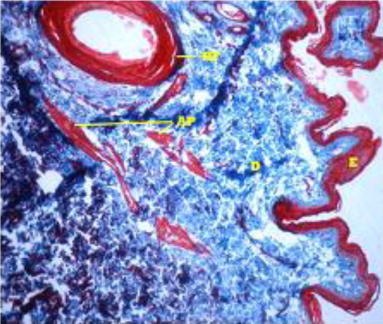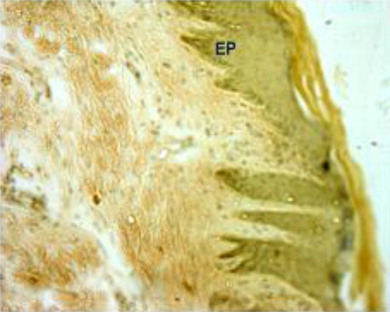Figures & data
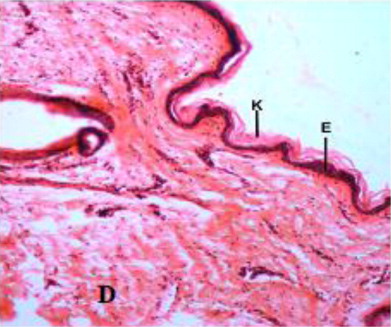
Table 1. Total thickness of skin (µm) at different post-natal age groups and in different regions of Bakerwali goat (Mean ± SE).
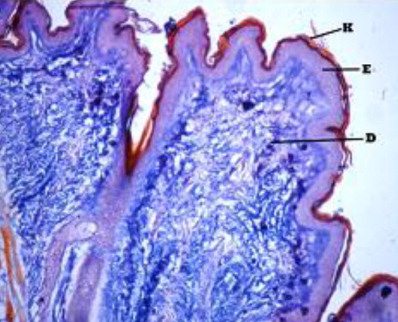
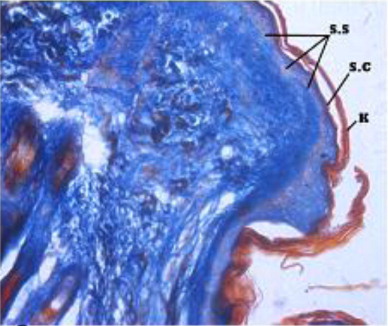
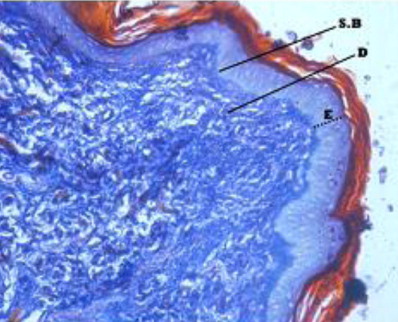
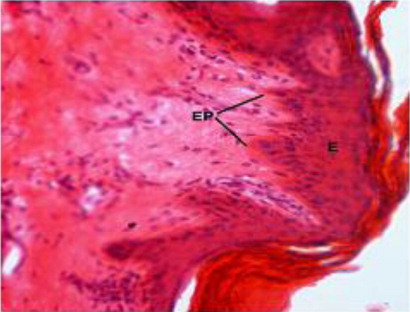
Table 2. Thickness of epidermis (µm) at different post-natal age groups and in different regions of Bakerwali goat (Mean ± SE).
